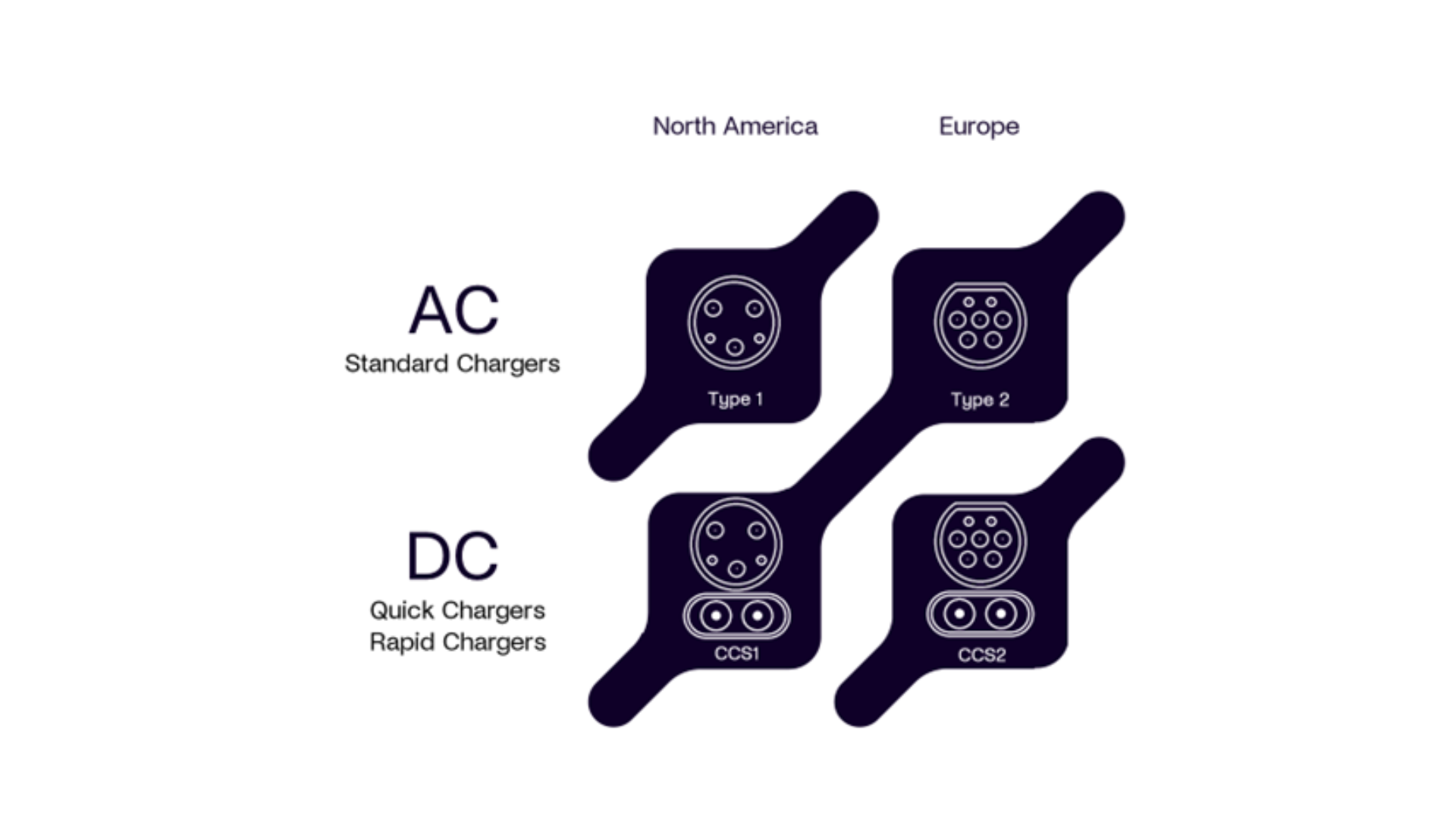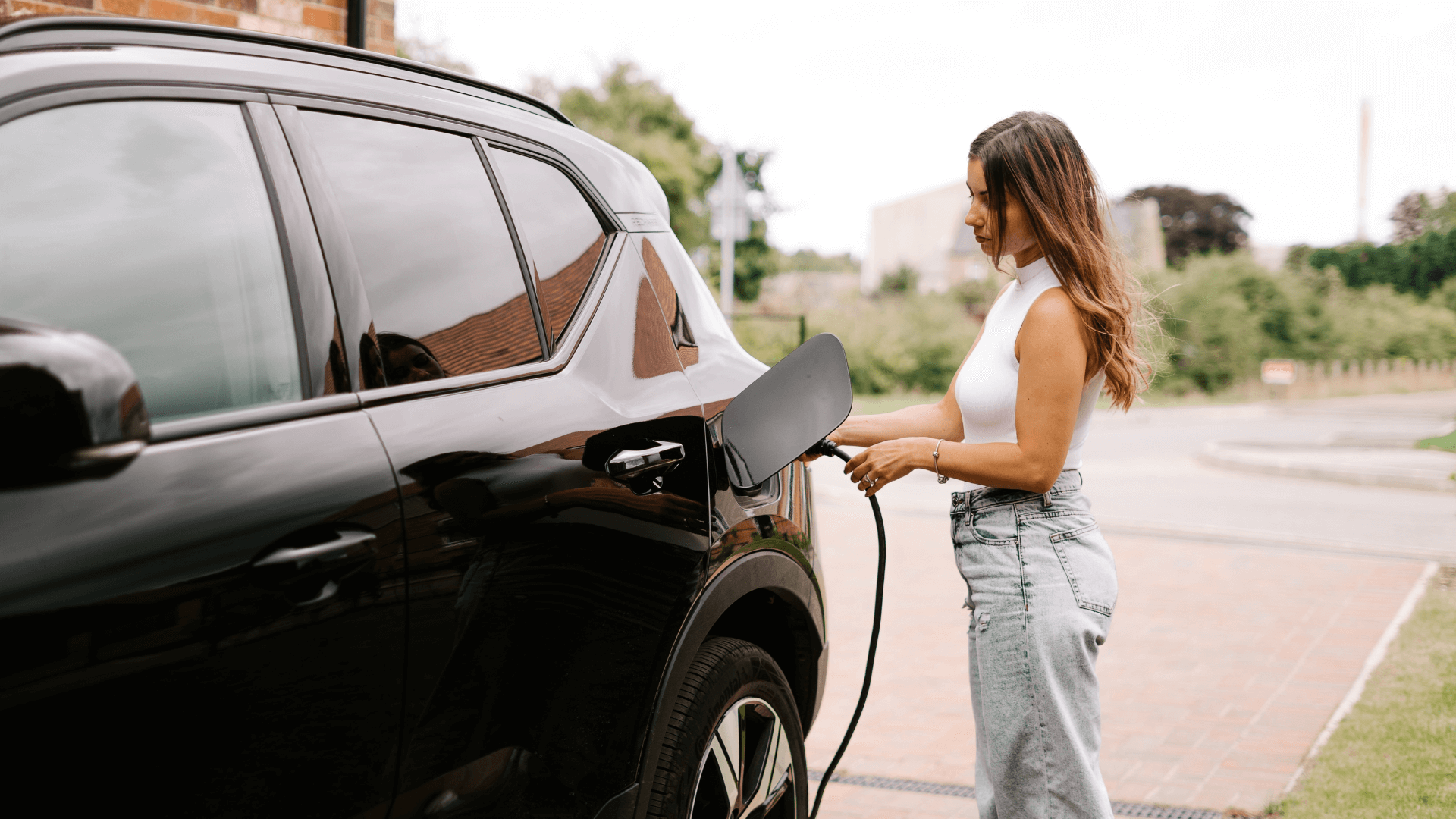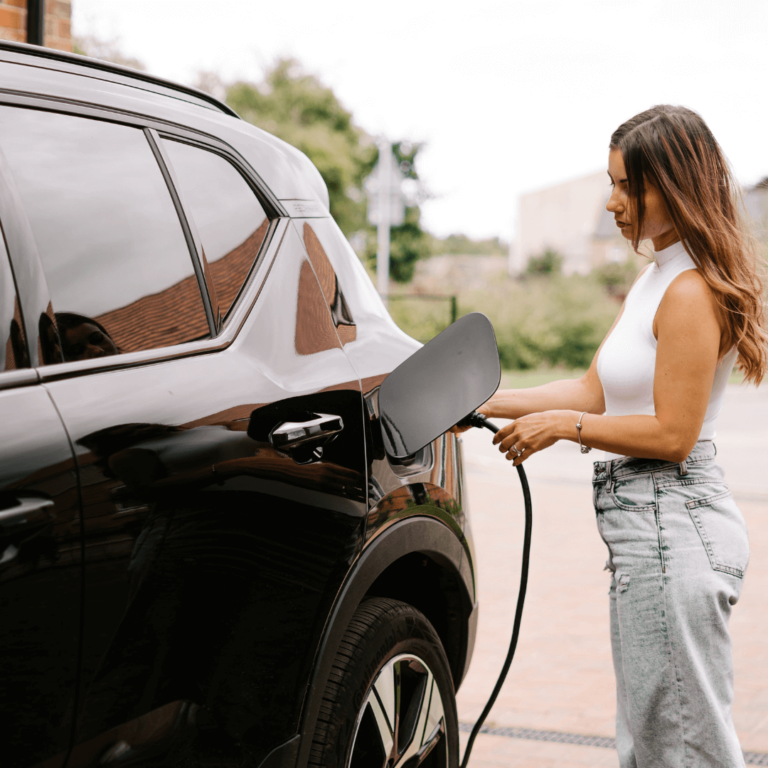Important things to know about charging an electric vehicle
May 4, 2023
As countries around the world gear up to meet the requirements for the 2030 ban on petrol- and diesel-powered cars, electric charging stations are sprouting like flowers. Between 2015 and 2019 the average annual growth in number of publicly accessible charging points was almost 50%. While it is great to see the increase in publicly accessible charging points, newcomers to driving electric vehicles sometimes struggle to incorporate EV charging into their trips. Here is what you need to know to have a seamless EV driving experience.
Where do I charge my EV?
For those of you who already are used to driving and charging an EV, this one might be obvious, but always check if there is an opportunity to charge your car at the place you are visiting. Unless you are planning a big road trip, charging your car overnight might save you from having to re-charge during your daytrip.
Should you find yourself in need of some extra power during your journey, then there is a plethora of apps that will help you find a suitable charging station along your way. To make your experience even better, some apps (like PlugShare) even have functionality to plan your trip and show real time information on availability and types of chargers. To find the right app for your trip, please check with your rental car supplier what apps they would recommend for finding charging stations.
How fast can I charge my EV?
When you are on the road, and need to stop for a charge, ideally you want to be back on the road as quick as possible. To do so, there are a couple of things you want to keep in mind.
As a rule of thumb, EV charging efficiency goes down once the battery passes a charge of 80%. Time wise you might be better off charging up to 80% and doing a quick recharge during your trip, rather than charging up to 100%.
On your car’s side, check what the maximum capacity in kW is. Your car will not charge faster than the maximum capacity indicated by the manufacturer. A handy functionality that helps reduce the time required to charge your car, is the battery heating function. Temperature does not only impact range performance, it also affects the speed with which your battery will charge. Check with your rental company or the manual for your rental car to see if this function is available.
In terms of charging points, there are three types:
- Standard chargers
- Quick chargers
- Rapid chargers
The charging capacity of standard chargers varies between locations. In North America and Japan the output of standard chargers is up to 7.4kW where in Europe this lies between 22kW and 43kW. These kinds of chargers are commonly used for re-charging in places you are planning to stay for an extended period (e.g., at home or a hotel).
If you are looking to get back on the road again quickly, Quick chargers (up to 150kW) or Rapid chargers (up to 350kW) are your best bet. However, do keep in mind that fast charging your car comes at a higher price compared to slow charging.

What cables do I need?
Knowing there are different kinds of charging points, you might ask yourself “Do I need a different cable for every different situation?”. Luckily there is some standardisation per region. However, one thing to look out for is whether the charging station you are looking to use supplies electricity through Alternating Current (AC) or Direct Current (DC). Please see the diagram for plugs you might encounter.
Travelling with EVs in practice
When travelling with an EV there are a couple of good practices to ensure you have a smooth experience. To summarize:
- Use every opportunity to charge your car when you are not using it (e.g., at night at home or at your hotel).
- For longer trips, plan your journey and look for charging opportunities on your way to your destination.
- To plan better, check the maximum load speed/capacity for your car.
- In colder climates use battery heating functionality (if available in your EV).


